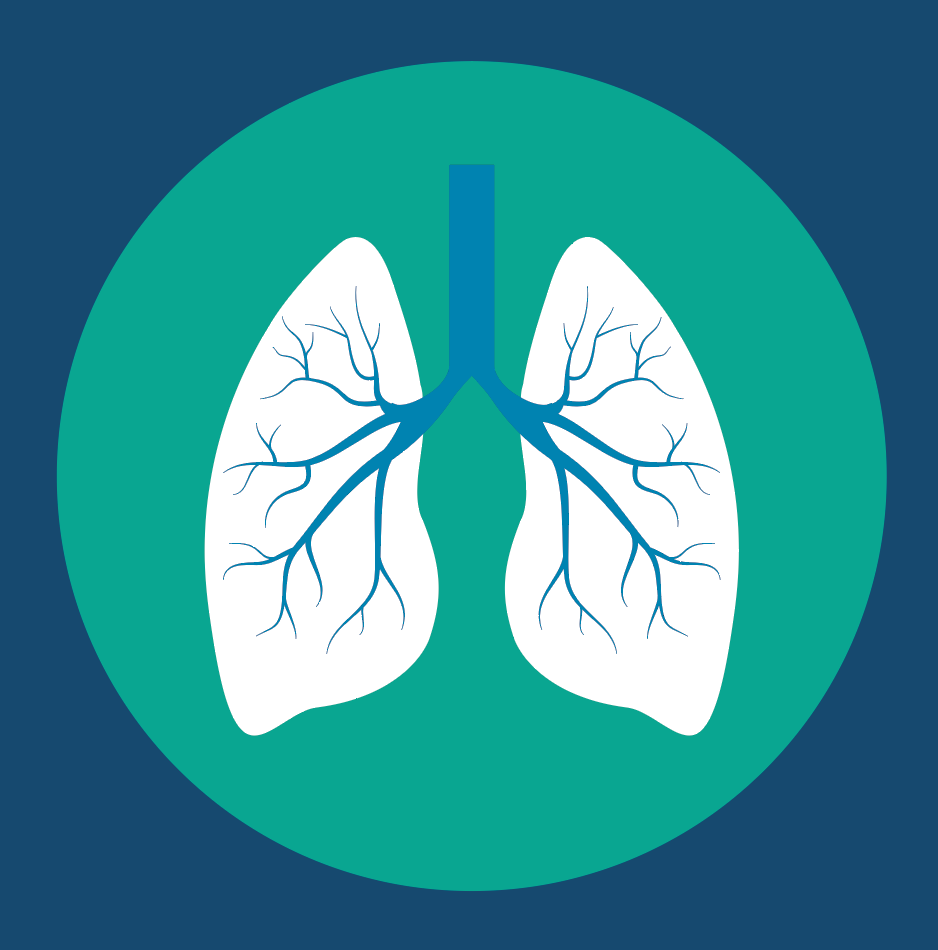The Brown University School of Public Health has built an international reputation for producing impactful research on nicotine addiction and smoking cessation. Work pioneered at Brown by the Center of Alcohol and Addiction Studies starting in the 1980s advocated for a change in the nation’s attitude toward alcohol and tobacco dependence. Those efforts have expanded and flourished since the establishment of the School of Public Health a decade ago: Brown now boasts dozens of faculty members working to help people quit smoking. Among the leading scholars in this domain, Dr. Jasjit S. Ahluwalia and Dr. Jennifer Tidey, stand out as pioneering scholars and advocates for tobacco harm reduction.
With a portfolio of over 400 published manuscripts, Ahluwalia, professor of behavioral and social sciences and of medicine at Brown, ranks as the fourth-most prolific author worldwide in the field of smoking cessation. Tidey, the school’s associate dean for research and professor of behavioral and social sciences and of psychiatry and human behavior, is a national authority in tobacco regulatory science, working to provide the FDA with the information it needs to make evidence-driven and public health-centered policies for tobacco products.
Thanks in part to their decades of research and leadership, important progress has been made in curbing the prevalence of tobacco smoking. Indeed, cigarette consumption has been declining in the United States for approximately 60 years when the U.S. Surgeon General officially declared smoking a health hazard in 1964. And yet, despite great progress and the best efforts of public health practitioners, some key measures remain stubbornly unchanged.
The Unremitting Toll
 Cigarettes are as dangerous as ever. A single burning cigarette releases a staggering 7000 chemicals, some of which can be found in items like rubber cement, gasoline, nail polish remover, battery acid, hair dye, mothballs and insecticide. Others are key components in embalming fluid, rat poison, and rocket fuel. Among these chemicals, a minimum of 69 are recognized as cancer-causing agents by the American Lung Association.
Cigarettes are as dangerous as ever. A single burning cigarette releases a staggering 7000 chemicals, some of which can be found in items like rubber cement, gasoline, nail polish remover, battery acid, hair dye, mothballs and insecticide. Others are key components in embalming fluid, rat poison, and rocket fuel. Among these chemicals, a minimum of 69 are recognized as cancer-causing agents by the American Lung Association.
The result is roughly 480,000 deaths in the United States annually, with a global toll of approximating 8 million, according to the World Health Organization.
Dr. Ahluwalia finds this situation untenable, especially as the death toll has remained stubbornly consistent in the 30 years he’s been teaching, researching and writing about nicotine addiction and smoking cessation.
“Since 1992, my classes at Emory and now at Brown have emphasized that, despite a decline in prevalence, the annual toll of 480,000 American deaths due to tobacco-related causes remains unchanged after 30 years,” he said. “This unsettling stagnation, even amid a growing population, underscores the gravity of the issue. We have to care about the number of deaths, and it’s really unacceptably high. It remains the leading preventable cause of death in the United States, and soon to be the world.”
Harm Reduction Tools
One essential area of interest shared by Tidey, Ahluwalia, and investigators across the School of Public Health, is harm reduction—a set of tools aimed at minimizing the dangers of smoking, rather than focusing on prohibition.
As an advocate for evidence-based strategies to reduce smoking-related illnesses and fatalities, Dr. Ahluwalia sees a parallel to opioid overdose prevention. “There was some push and pull with opioid harm reduction strategies,” he said. “Methadone maintenance, safe needle exchange, and safe injection zones have gone through their own tough situations in Congress, state legislatures, the courts, and with the American public. But they are coming out on top because there’s some really profound evidence for the prevention of overdose, hepatitis, HIV, mental illness, and death.”
 For people who smoke, cessation tools include nicotine gum, lozenges and patches, which have been available for decades. Users of smokeless tobacco products like Snus have a lower cancer and heart disease risk. Ahluwalia considers nicotine pouches, such as On! and Zyn, even safer. “These are essentially pure nicotine,” he said. “You put them in your mouth and after 20 to 30 minutes, you throw them away. Relatively speaking, they are very safe.”
For people who smoke, cessation tools include nicotine gum, lozenges and patches, which have been available for decades. Users of smokeless tobacco products like Snus have a lower cancer and heart disease risk. Ahluwalia considers nicotine pouches, such as On! and Zyn, even safer. “These are essentially pure nicotine,” he said. “You put them in your mouth and after 20 to 30 minutes, you throw them away. Relatively speaking, they are very safe.”
The promise of these products to reduce tobacco exposure is hampered, however, by misunderstanding. “There’s so much confusion about these harm-reduction products, even among scientists,” Professor Tidey said. “But we know that combusted products like cigarettes and cigars are far more dangerous than e-cigarettes and nicotine pouches—things that don’t burn. What people don’t really understand is that it’s not the nicotine, it’s the chemicals from burning, the combustion of tobacco, that are deadly and cause cancer.”
Dr. Ahluwalia believes eradicating tobacco, not nicotine, should be our goal. Nicotine replacement products like pouches and vapes reduce the risk of disease and mortality and, he says, should be regulated and be widely available to adults.
Because vapes mimic the smoking experience, they can be effective step-down tools from smoking. Both Tidey and Ahluwalia stress that vapes are not safe, but that they are significantly safer than cigarettes. “Compared to the 7000 chemicals in a cigarette,” Ahluwalia said, “e-liquids used in vapes generally consist of about five core ingredients: propylene glycol, vegetable glycerin, nicotine, water and flavoring.”
Potential health problems associated with vaping occur after the e-liquid is heated, which leads to degradation and may be harmful. “And yet, even with this, they are still safer than cigarettes,” Ahluwalia said.


 Ahluwalia suggests that vaping is a gateway to its own consumption. Those who initiate vaping continue to do so due to its own appeal and addictive nature. In other words, people who vape aren’t putting them down and taking up cigarettes; it’s typically the other way around.
Ahluwalia suggests that vaping is a gateway to its own consumption. Those who initiate vaping continue to do so due to its own appeal and addictive nature. In other words, people who vape aren’t putting them down and taking up cigarettes; it’s typically the other way around.